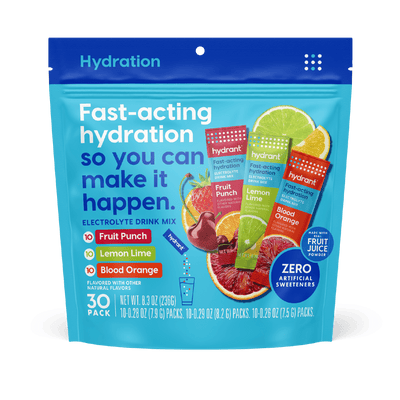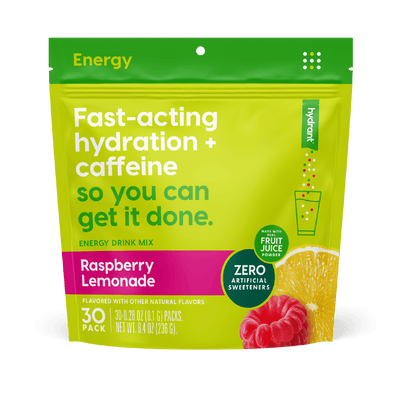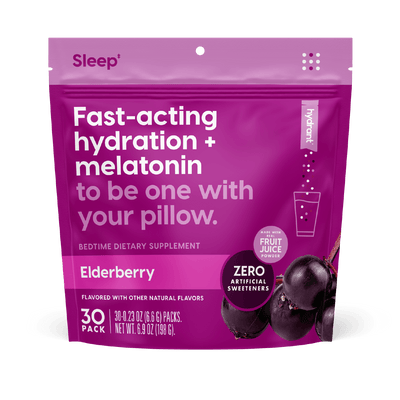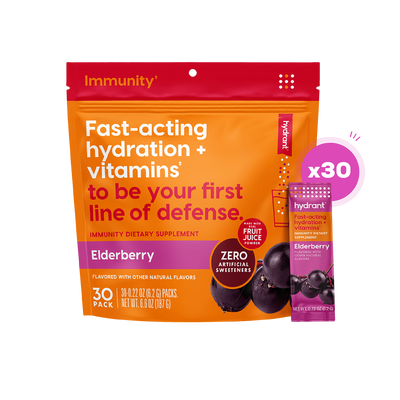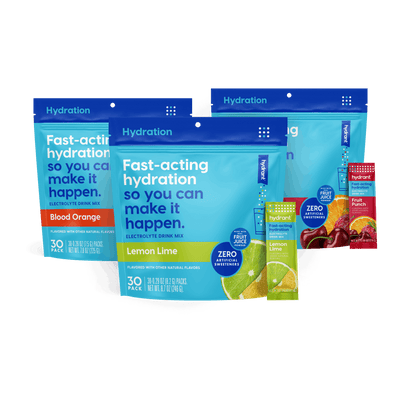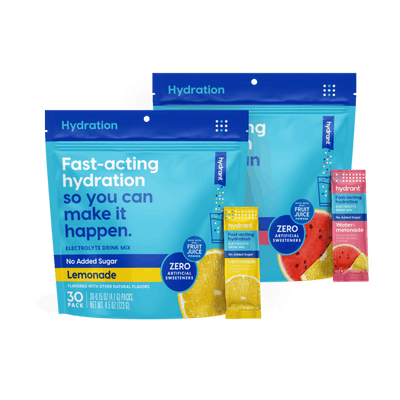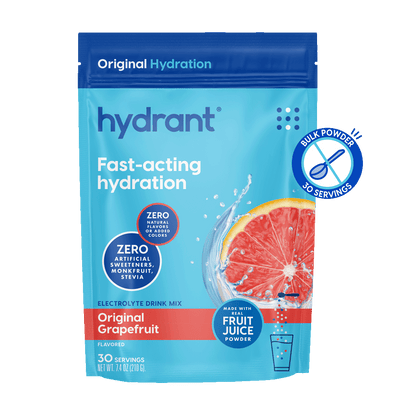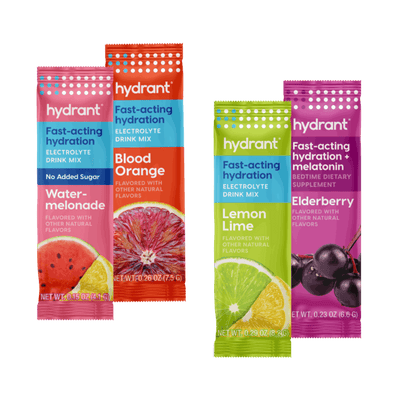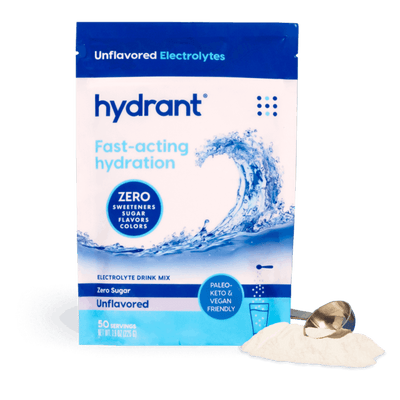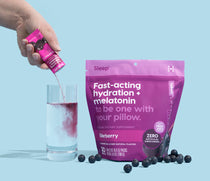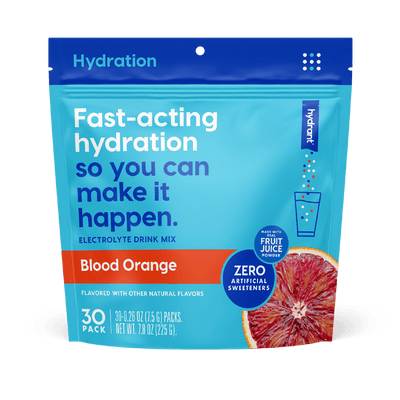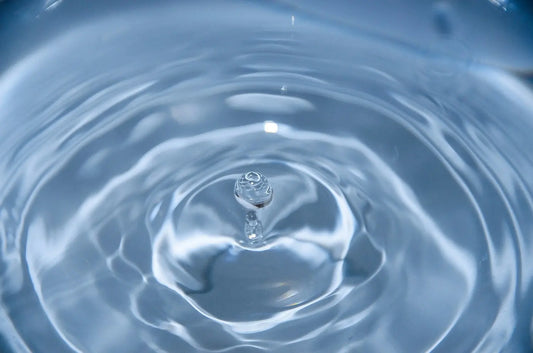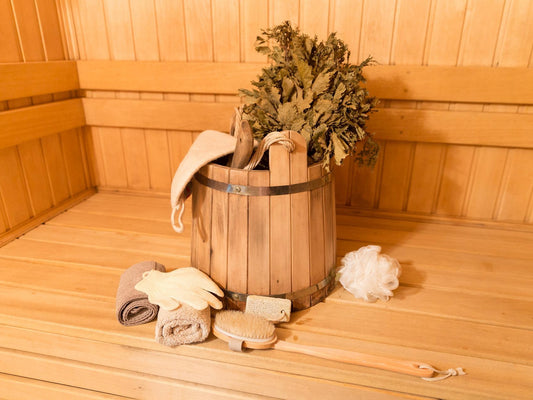Do you love to ski? Do you hate the “3 ’o clock bonk?”
If you’re tired of feeling, well, tired in the afternoons when you’re supposed to be spending the whole day on the slopes, you might need to look more closely at your hydration. This is where we can help.
Outlined below are some of the best tips for staying hydrated while skiing so you can stay hydrated and keep chasing the best powder!
Why Stayed Hydrated While Skiing Matters

When you’re engaged in any kind of physical activity, proper hydration is essential. If you’re going skiing, though, you need to take your hydration even more seriously.
The following are some of the top reasons why proper hydration when skiing matters:
Enjoy Long-Lasting Energy
The “3 ‘o clock bonk” is a common issue for skiers. You don’t have to just muscle through it, though.
If you hydrate yourself properly (and fuel properly with plenty of protein and carbohydrates), you’ll find that you’re more resistant to fatigue. Dehydration affects the flow of oxygen to the brain. It also causes your heart to work harder to get oxygen to your brain and the rest of your body [1].
This combination leads to increased fatigue and decreased alertness. Neither of these is ideal when you’re doing something as physically and mentally demanding as skiing, and you definitely don’t want to have to cut your day short.
Stay Ahead of Side Stitches
Side stitches are another common complaint among skiers. You know the feeling—you’re heading down the slopes and then your side stitch hits like a painful cramp keeping you from doing what you love and throwing off your rhythm.
A side stitch is also known as exercise-related transient abdominal pain. This is a type of pain that affects the abdomen on either side. Symptoms may be described as cramping, a dull ache, or a sharp and stabbing pain. While researchers aren’t 100 percent sure what causes side stitches, many suspect that dehydration may play a role.
Because dehydration affects blood flow and can cause muscle cramps, it makes sense that making sure you’re properly hydrated could improve this issue and help to stay ahead of side stitches while skiing.
Keep Headaches at Bay
Dehydration can cause serious headaches, something nobody wants to experience this pain when they’re supposed to have a fun day out on the mountain. How does this happen?
Dehydration headaches occur when you’re not taking in enough fluids because this causes the brain tissue to lose water. Water loss causes the brain to shrink and be pulled away from your skull [2]. When the brain gets pulled away from the skull, this triggers pain receptors that surround the brain.
Dehydration can also cause headaches because it causes blood volume to drop. When blood volume drops, blood and oxygen don’t flow to the brain as efficiently as they would if you were well-hydrated.
Reduce Shivering

Proper hydration might help you to shiver less while you’re skiing, too. Remember, dehydration affects blood flow. If your blood flow is impacted and blood isn’t reaching your fingers and toes in the most efficient way, you will likely start feeling colder, faster (even if you’re properly outfitted for the slopes). When you’re shaking and shivering because of the cold, the time on the slopes may not be as enjoyable as it would while hydrated (strong winds and snow notwithstanding...we all know the sharp chill of sitting on the chairlift in the wind).
Improve Performance
Think of hydration as a long-term play. Staying hydrated before and during your time on the slopes may help you stay out longer, ski harder, and make the most of your time on the mountain. And who doesn’t want to stay on top of their game while conquering the latest green, blue, or even black diamond run?
Signs of Dehydration
During normal circumstances, it can sometimes be hard to pick up on signs of dehydration. When you’re out in the cold on top of a mountain, though, you might be even more prone to missing out on important warning signs while bundled up and concentrating on skiing.
Here are some of the most common dehydration symptoms people experience when they’re out on the slopes:
- Dry mouth and excessive thirst
- Lethargy
- Dizziness
- Headaches
- Muscle cramps
- Decreased urine output
- Changes in urine color
- Rapid heart rate
When you’re out in the snow, your risk of dehydration may actually increase. Cold weather can suppress some of the most common dehydration symptoms, including thirst. Research even shows that, in the winter, people feel about 40 percent less thirsty than they do at other times of the year [3].
You might be likely to brush off some of the other signs of dehydration, too. For example, if you’re getting muscle cramps or experiencing a rapid heart rate, you might just assume that it’s from exerting yourself while skiing, rather than because you’re dehydrated. Remember to always listen to your body and pay attention to what you need.
How to Stay Hydrated While Skiing
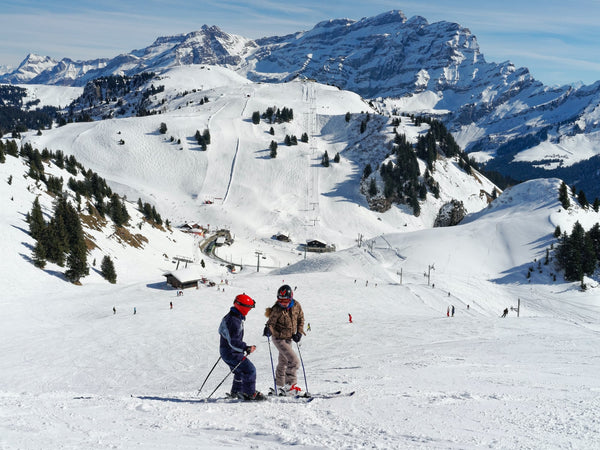
If you ignore the signs of dehydration, you could be setting yourself up for some serious and potentially dangerous problems or just a frustrating afternoon on the slopes. So how can you make sure you stay hydrated while also enjoying your ski trip? We’ve gathered some tips to help you remember to stay hydrated on the slopes and beyond:
Carry Water with You
The first step to making sure you’re hydrated while skiing is to carry water with you.
This might seem like a no-brainer at first. We’ve all been out there, felt thirsty, and then realized that we forgot to pack water. So frustrating!
One tip—keep a small water bottle in your ski pants pockets to carry water with you on the go. The big pockets of your ski pants should be perfect for holding a water bottle without feeling like you’re weighed down.
If you don’t like the idea of trying to keep track of a bottle, though, you can also use a hydration ski pack. A ski pack features a flexible bladder to hold your water and a spout that you can easily pop in your mouth when you need a quick drink. Easy and convenient for hydration on the go!
Of course, you don’t want to be too cold, but if you wear too many layers, you’ll sweat more. This, in turn, will lead to extra fluid loss, which will increase your chances of dehydration.
Making some simple changes to your ski clothes will help you stay warm without getting overheated.
For example, when you’re choosing your ski jacket, consider a 3-in-1 jacket. This type of jacket makes it easy for you to take off layers as needed. You can also buy gear that has vents that you can open for extra airflow and clothes when you need to warm back up.
Add Extra Electrolytes
When you’re filling up your water bottle or hydration pack, be sure to add in extra electrolytes.
Skiing is an intense form of exercise, and you’re going to sweat while you’re out on the mountain. When you sweat, you lose electrolytes and these are minerals that play an important role in helping you to get and stay hydrated [4].
Adding a hydration drink mix to your water is the easiest way to make sure you’re getting the proper amount of electrolytes for maximum hydration and performance. Plus, many (including Hydrant!) are easy to carry and perfectly fit in pant pockets or can be pre-mixed into a water bottle. That way you can get more from your water. PS—if you like a little boost, definitely check out our Energy line which has both hydrating electrolytes and caffeine for an energy kick.
Drink mixes also improve the flavor of your water. This can be a nice bonus if plain old water doesn’t appeal to you.
Hydrate Before You Arrive
Don’t wait until you’re up on top of the mountain to start drinking water. At the very least, you should start hydrating first thing in the morning. It’s even better if you focus on hydration the night before you hit the slopes. Add a couple of hydration packets to your water the night before or in the morning to keep your hydration levels topped off!
Make water your primary beverage as you’re getting ready for the day. You can have a cup of coffee or tea with breakfast, but make sure you’re also drinking water. Coffee and tea can be hydrating (as long as you’re not overdoing it on the caffeine). However, it’s still a good idea to have some water, too.
Factor in Alcohol
It’s pretty typical to enjoy an adult beverage or two in the evening when you’re on a ski trip. It's enjoyable, social, and a great way to unwind after a long day of skiing. But heading out to the next morning can be a little rough if you drink too much the evening before.
If you choose to have some alcohol the night before you go out and ski, make sure you’re drinking extra water and taking in extra electrolytes to make up for it. (Pro tip: some of our Hydrant customers recommend drinking two Hydrant packets before bed after drinking alcohol).
Alcohol is a diuretic, and it causes you to lose precious fluids as your body works to get the alcohol out of your system as quickly as possible [5]. If you don’t make rehydration a priority, you’ll be more prone to dehydration and won’t feel your best while skiing.
Time to Hit the Slopes and Stay Hydrated
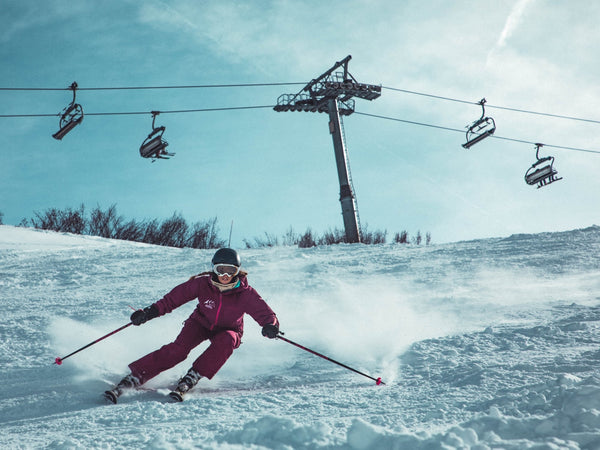
Ski season is here. Don’t let dehydration stop you from making the most of it. Have fun, ski safe, and enjoy your time outside!
These tips will help you to stay hydrated and energized all day long so you can enjoy every ski trip from start to finish. Give them a try the next time you hit the slopes!
